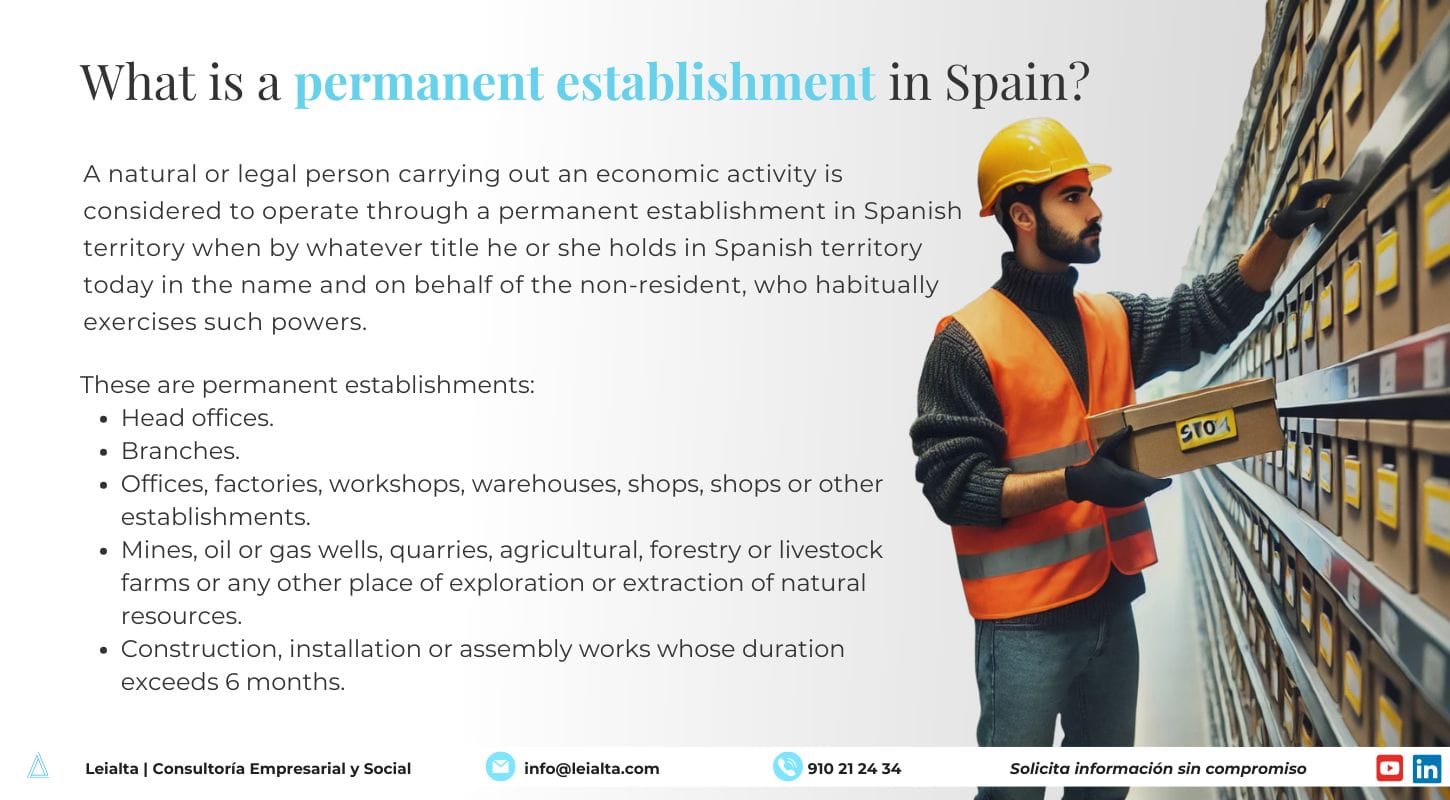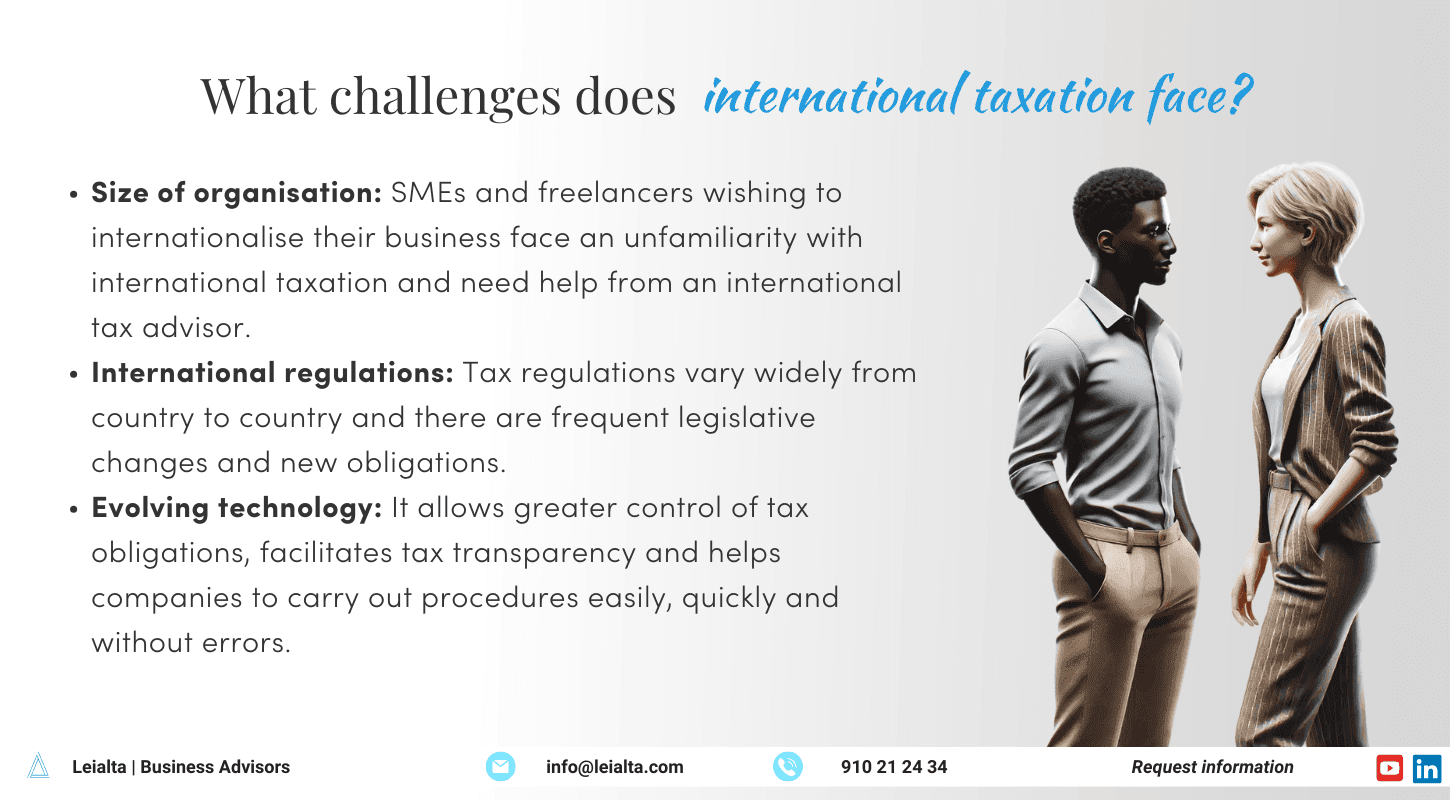
If you and your partners agree to liquidate your partnership and divide the assets, the partnership must charge VAT on the assets that have been sold. If you cannot deduct this tax, you will incur a tax cost that can be very high, depending on the value of the assets.
But there are two options you can take to save VAT on the acquisition of the assets:
Incorporate a company
The option is to use the assets in a new activity to develop independently. In this case, the VAT charged by the company would not have a higher cost:
- If those assets constitute a “branch of activity” (i.e., sufficient to carry on an activity independently), the allocation is not subject to VAT.
- The allocation is subject to VAT if these assets do not constitute a “branch of activity” (e.g. if you receive a machine and several pieces of furniture). However, you do not incur additional costs if you charge VAT on the new activity, as you are entitled to deduct the input tax.
They are leasing the assets
Another option to avoid this cost is not to contribute the assets to the company but to rent them out:
- You are allocating the assets received to an activity carried out by yourself (the rental), for which you do have to charge VAT.
- The fact that you charge VAT on such rentals will entitle you to deduct the input VAT when you receive the goods.
To make this possible, as soon as you liquidate the company and the goods are awarded to you, file a census declaration (form 036) and register as an entrepreneur in the activity of renting movable goods (for example, under heading 853 “Renting of other movable goods”). This way, you can prove that your idea from the beginning was to use the assets for rental, and the Tax Authorities will not be able to object to you deducting the input VAT.
Remember that you can count on Leialta as your accredited consultancy to benefit from the aid.



